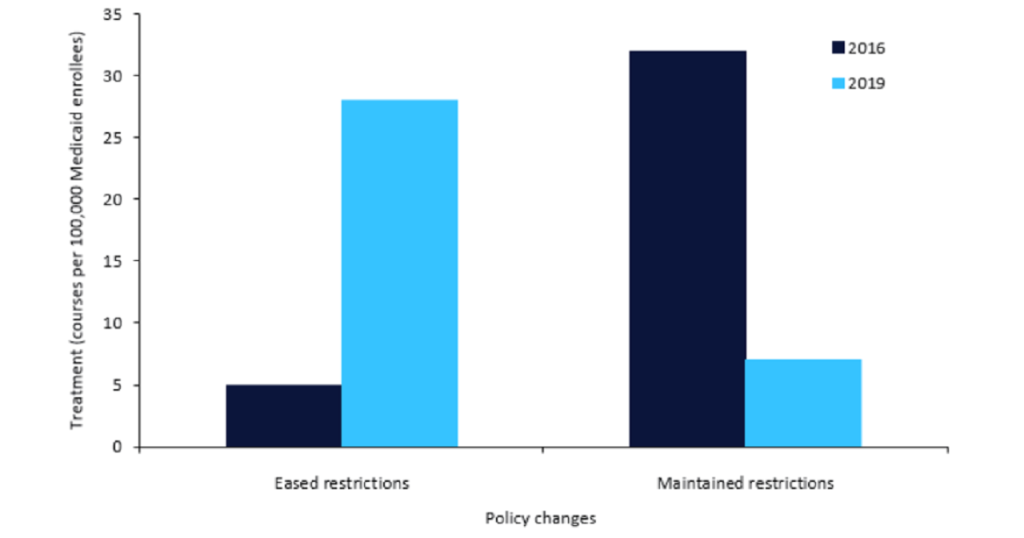Once a worldwide study is underway, ensuring that each site is well stocked with trial materials is the number one priority for any supply chain professional. There are numerous factors that go into a successful shipment that unaccounted for could have huge implications on the outcome of a trial. Within the industry, air freight has long been the common mode of transport for moving bulk supplies. But in recent times, sea freight has been championed as a viable option, despite common misperception that it is perhaps outdated and too time consuming.
In recent times, there’s been an apparent shift in approach to move from air freight to sea. In the bid to cut costs and streamline practices, however, experts argue that your sea freight strategy has to be just as robust as your air freight approach. Indeed, many things can go wrong in a sea freight shipment, so while it may be the cheaper option, you still have to plan for the worst.
Arena International therefore spoke to Chris Jones, Distribution Manager, R&D Supply Chain at AstraZeneca. Having responsibility for handling all trial materials, Jones has a wealth of experience dealing with the logistics of the clinical supply chain. In this interview, he discusses what factors need to be considered when determining sea freight as a viable option for bulk shipments.
Clinical Trials Arena: What considerations do you take into account when transporting clinical supplies?
Chris Jones: Speed is the main consideration because ultimately, you’re delivering to investigator sites. Everything has to be delivered on time and at the right speed. The clinical trial flow is made up of bulk shipments, depot to depot shipments, and depot to investigator site shipments. In many countries, we use third party depots as it can be difficult to navigate past various customs and border controls. For a large shipment of trial material sent to a depot in Brazil, that would be held at the depot to cover an agreed amount of demand.The very small and rapid site shipments are then made from that depot to the sites around the country.
See Also:
There are two different parts to the distribution of clinical trial material.When transporting materials from the depot to a site, materials have to be sent quickly. Typically at this stage, small parcels are sent using either integrated or premium couriers. It is essential these couriers provide a fast and reliable service. When moving bulk supplies from depot to depot, you need to ensure you’removing it in the right way because it’s moving across borders and over a longer period of time. You also have to consider customs, handovers, temperature controls, security, and various other factors. Traditionally, we’ve moved everything by air freight and on both legs we’d just use couriers.
How well do you really know your competitors?
Access the most comprehensive Company Profiles on the market, powered by GlobalData. Save hours of research. Gain competitive edge.

Thank you!
Your download email will arrive shortly
Not ready to buy yet? Download a free sample
We are confident about the unique quality of our Company Profiles. However, we want you to make the most beneficial decision for your business, so we offer a free sample that you can download by submitting the below form
By GlobalDataNaturally, we only use couriers from the depot to the site because they’re small, fast shipments. Up until recently we’ve used those same couriers for large shipments from depot to depot. However, now we’ve seen opportunities arise to use sea freight or road freight. Even if it’s a depot in Russia or Ukraine, you might be able to get to it from the UK by road freight as opposed to using premium courier services. We’re now starting to look at whether sea freight is a viable possibility to move those larger shipments and in some cases it is a big opportunity.
CTA: And when it comes to exploring sea freight as a viable option, what are the determining factors? Do you look at it purely from a cost perspective?
CJ: Cost is a major consideration because temperature controlled sea freight using reefer containers is roughly 80-90 percent cheaper than using premier courier air freight. Additionally, time is a key factor. An air freight shipment might take a few days whereas sea freight could take two to four weeks, so you need to plan for that in your supply chain. Crucially, when you have larger volumes of material, say 10 pallets and over, that’s the point where you can justify using sea freight.
From a product quality perspective, it’s much better to use a temperature controlled reefer container on a ship than on a plane, as it’s harder to manage. The options for a temperature controlled shipment via air freight are much more expensive in comparison. So there’s definitely a cost element with the product quality benefit, but the supply chain has to be capable of handling the longer shipping times. In the clinical trial space, it might be that your initial movement of stock hasn’t got the time available to wait for a sea freight shipment. But the subsequent restocking of the depots, it’s down to planning on our parts to make the material earlier, so we’re not affecting the study.
CTA: With temperature controlled shipments, how do you ensure the product quality is secure?
CJ: There’s a misconception that sea freight is perhaps an antiquated way of moving products around. Controlling the temperature in air freight is harder than it is in sea freight. A temperature controlled, food grade resource container is veryreliable. You load your material at your origin where the temperature container is set and powered throughout to the destination without any handovers and unloading of the material. This is more secure than an air freight shipment where multiple handovers may occur.
CTA: When you’re factoring in the amount of time it takes to ship supplies by sea, how do you plan accordingly so a study isn’t waiting on your shipment in order to proceed?
CJ: We’ve successfully implementedan approach where we moved about 100 pallets of material by sea where previously we might have done it by air freight.
What we’re trying in another study is, say we have 30,000 kits of material that needs to go from the UK to the US – that will cover three months’ worth of the sites’ demand from that US depot. We then plan to air freight three to four weeks worth of material to arrive at the depott to serve the immediate demand. From the same production batch, we also sea freight two months’ worth of material that arrives as the initial air freighted material is being consumed. This results in uninterrupted supply to the clinical sites. This concept means that we do not need to produce material earlier but we can deliver it to the depot in the optimum way.
CTA: What advice would you give fellow professionals who consider using sea freight as a viable option?
CJ: Assess what your supply chain can handle, i.e. what volumes of material are you moving? How much stock are you holding in different places? If you’re moving small volumes, it might be difficult to justify sea freight as a credible option. It’s vital, therefore, to look at the characteristics of your supply chain. If it starts to look like a possibility, do risk assessments with freight forwarders and detail each step of the route, uncovering where the risks might lie and if there are any, develop ways to mitigate that risk.
Also, from a financial standpoint, if you’re spending a lot of money on air freight on depot to depot shipments, it’s often a prime opportunity to use sea freight. But that’s provided you’re shipping to the right destinations as well having the routes correctly designed.
*Chris Jones is the Distribution Manager, R&D Supply Chain at AstraZeneca







